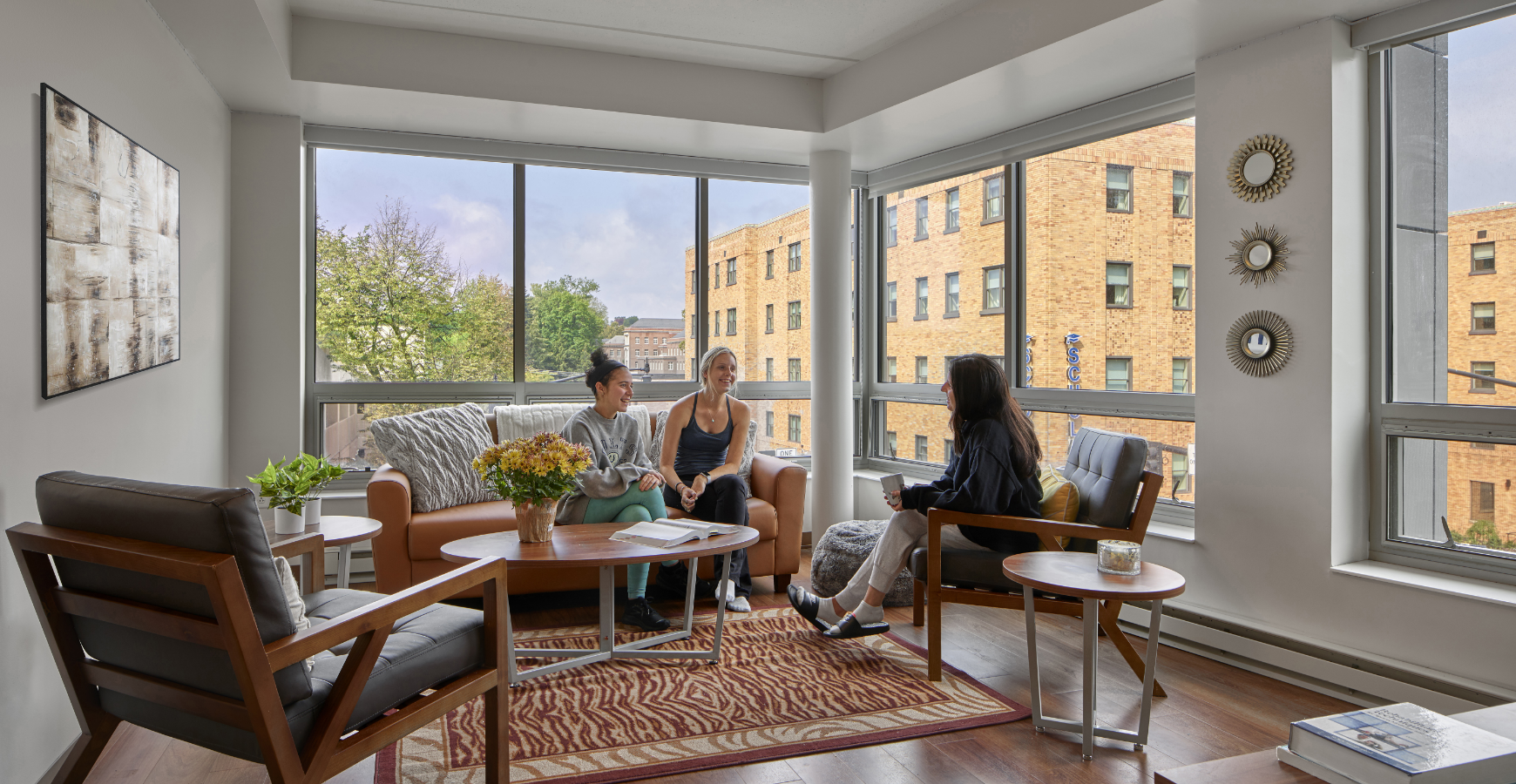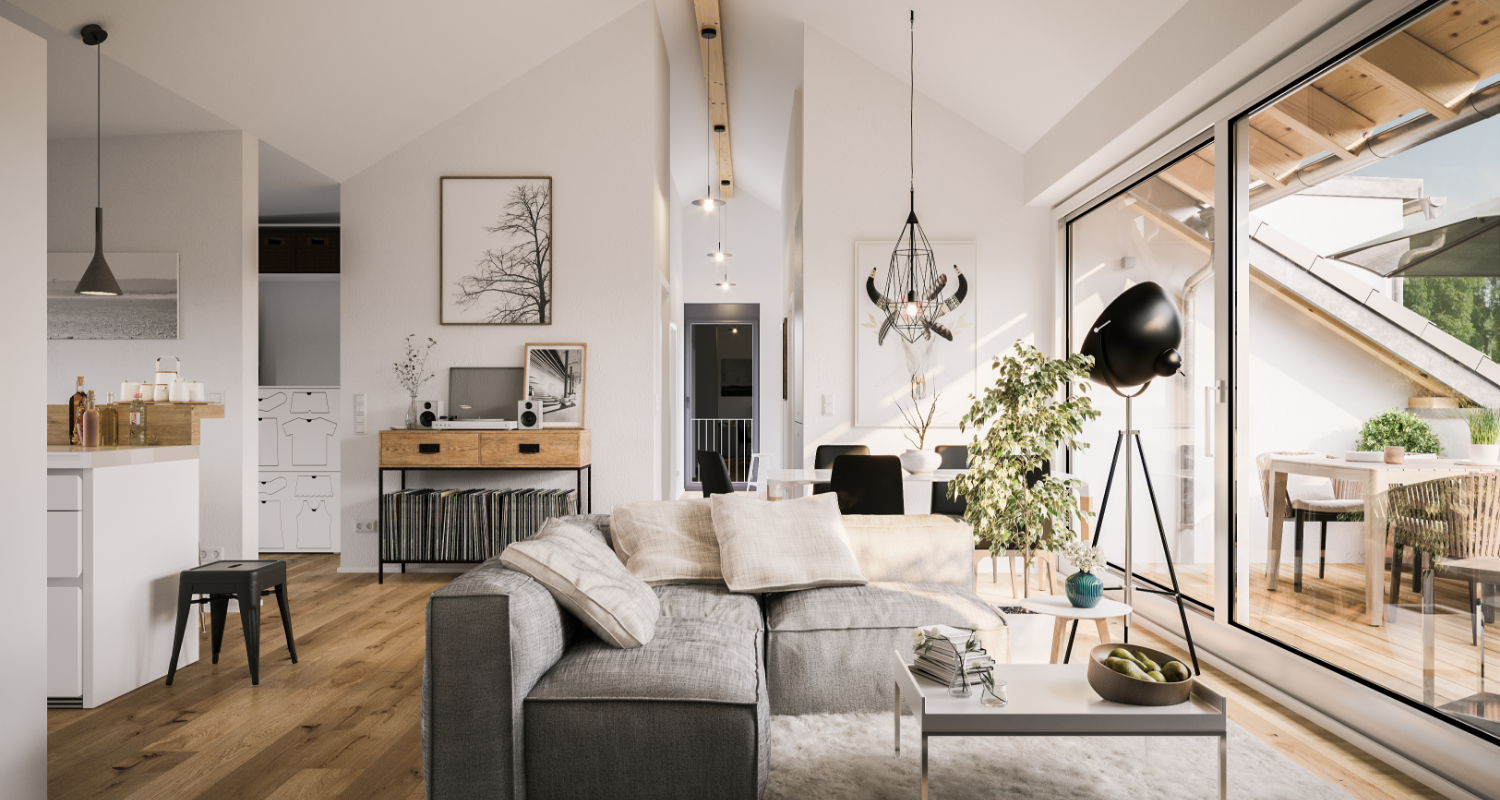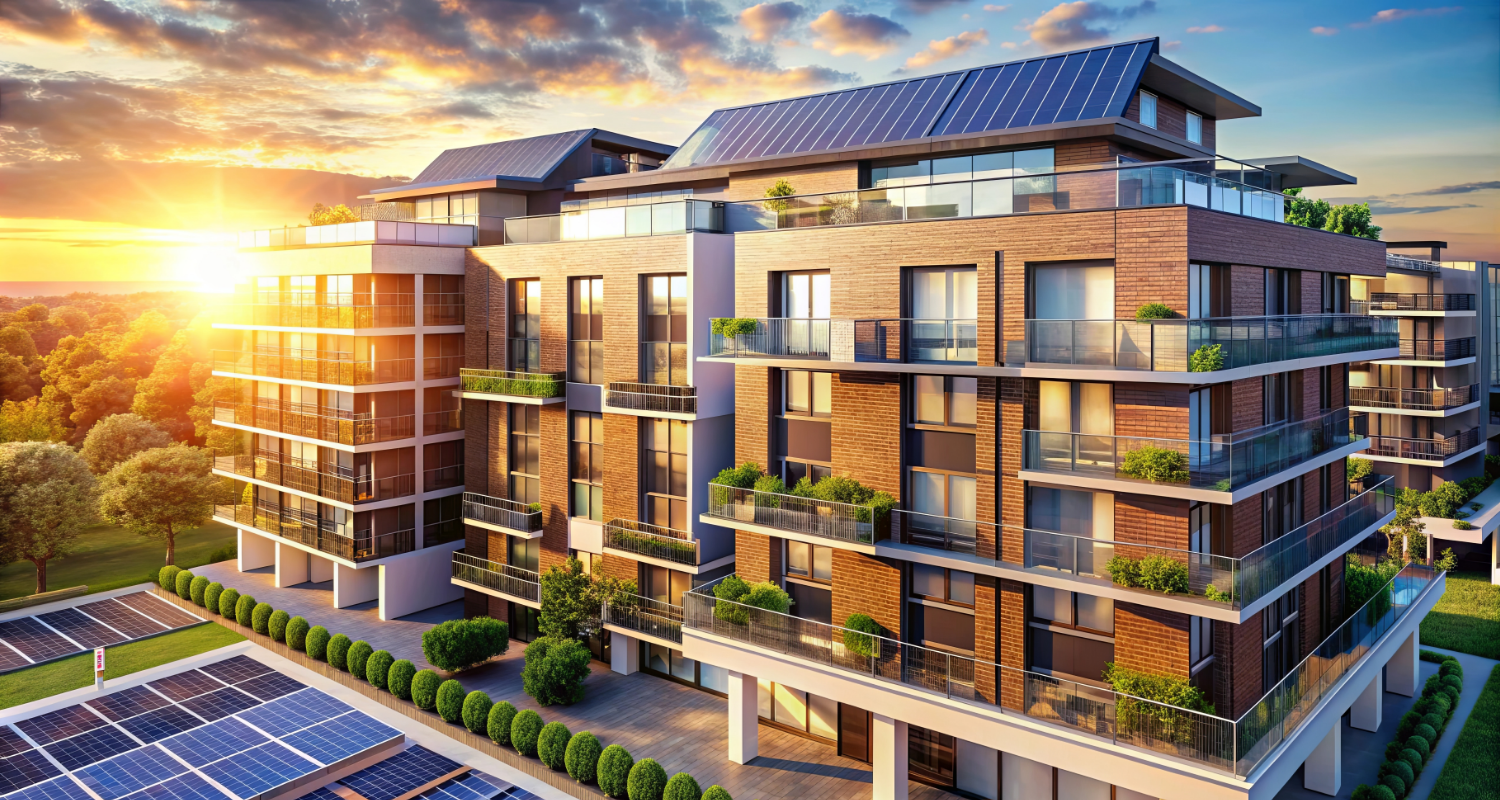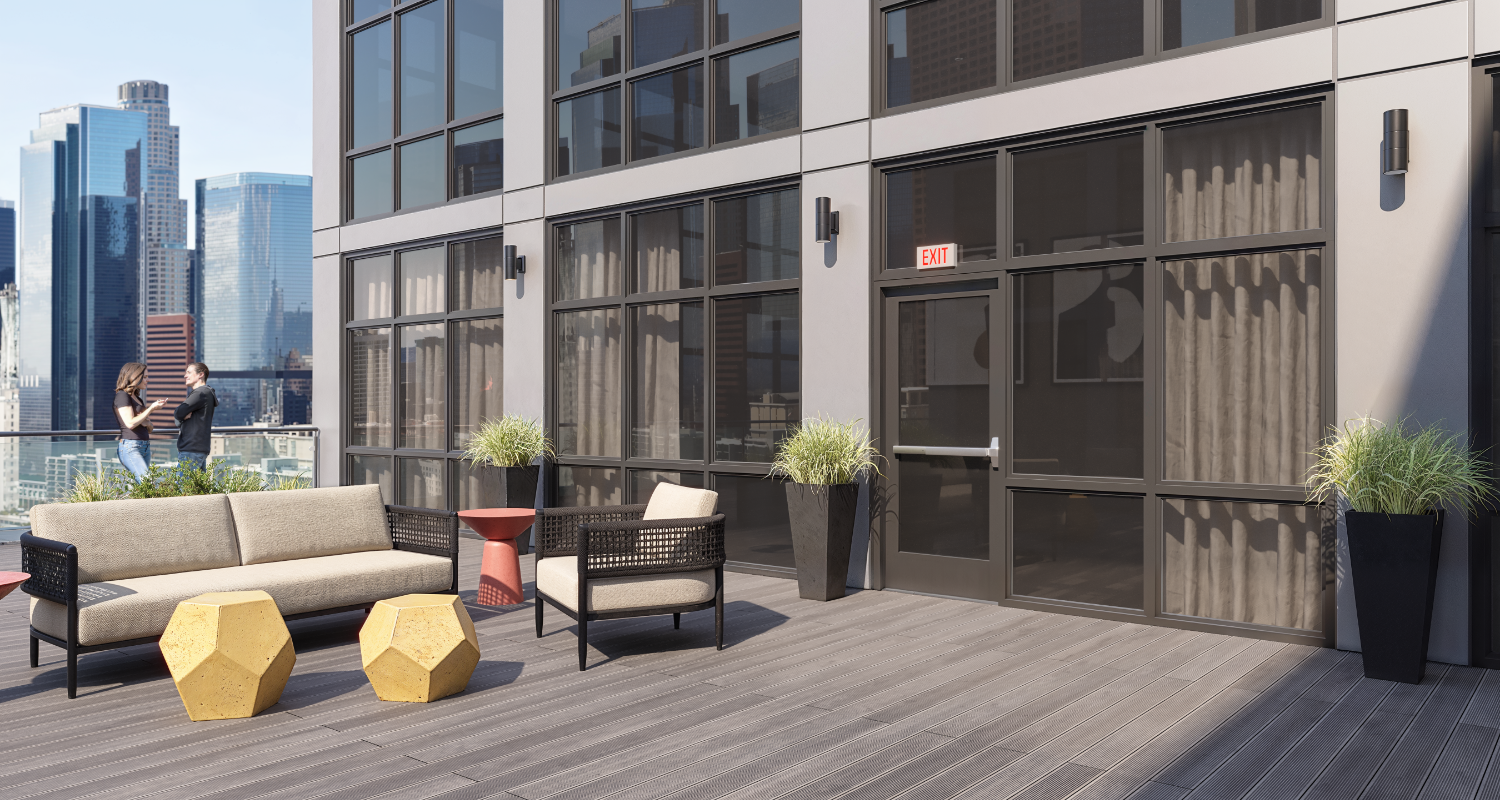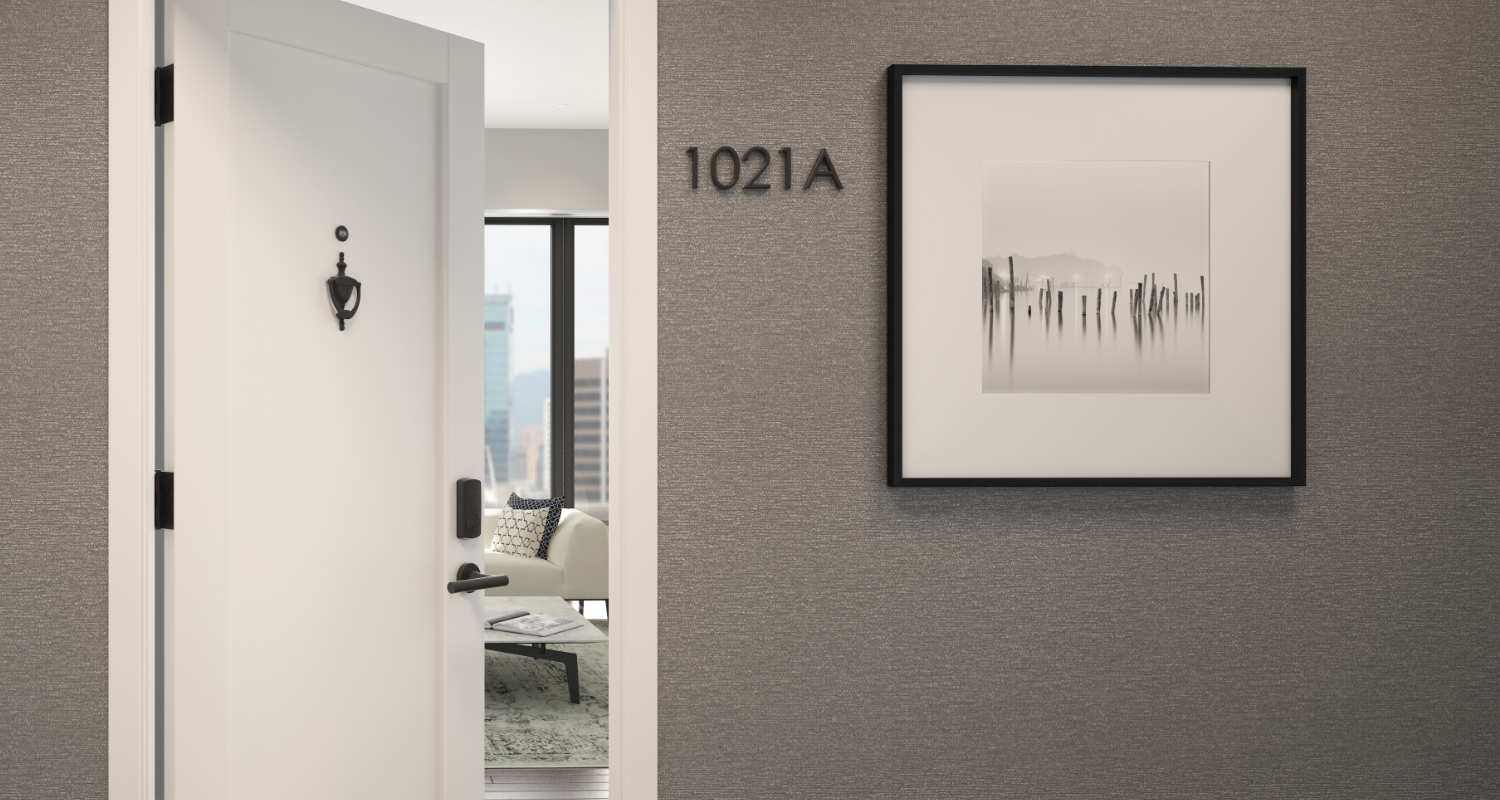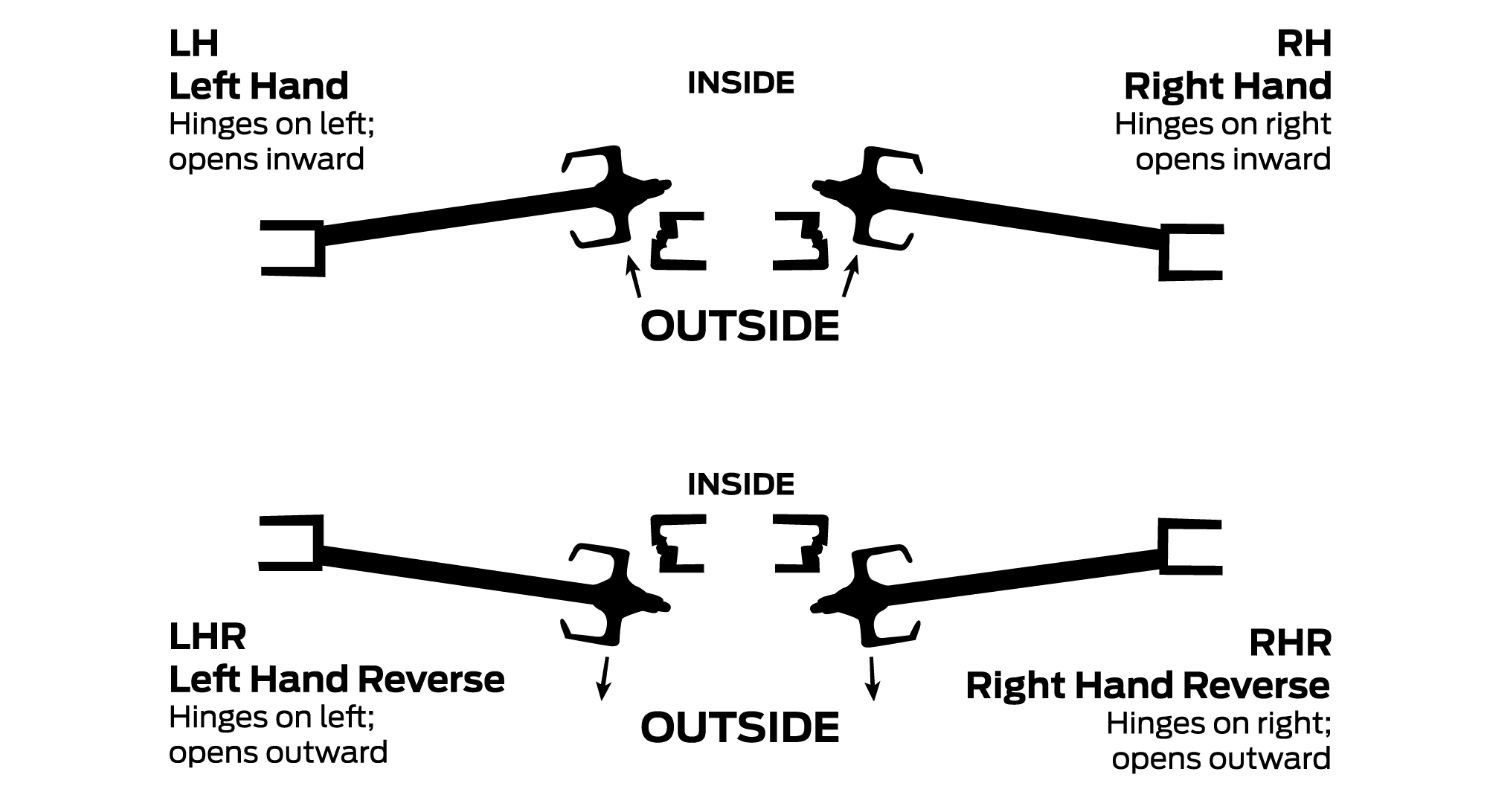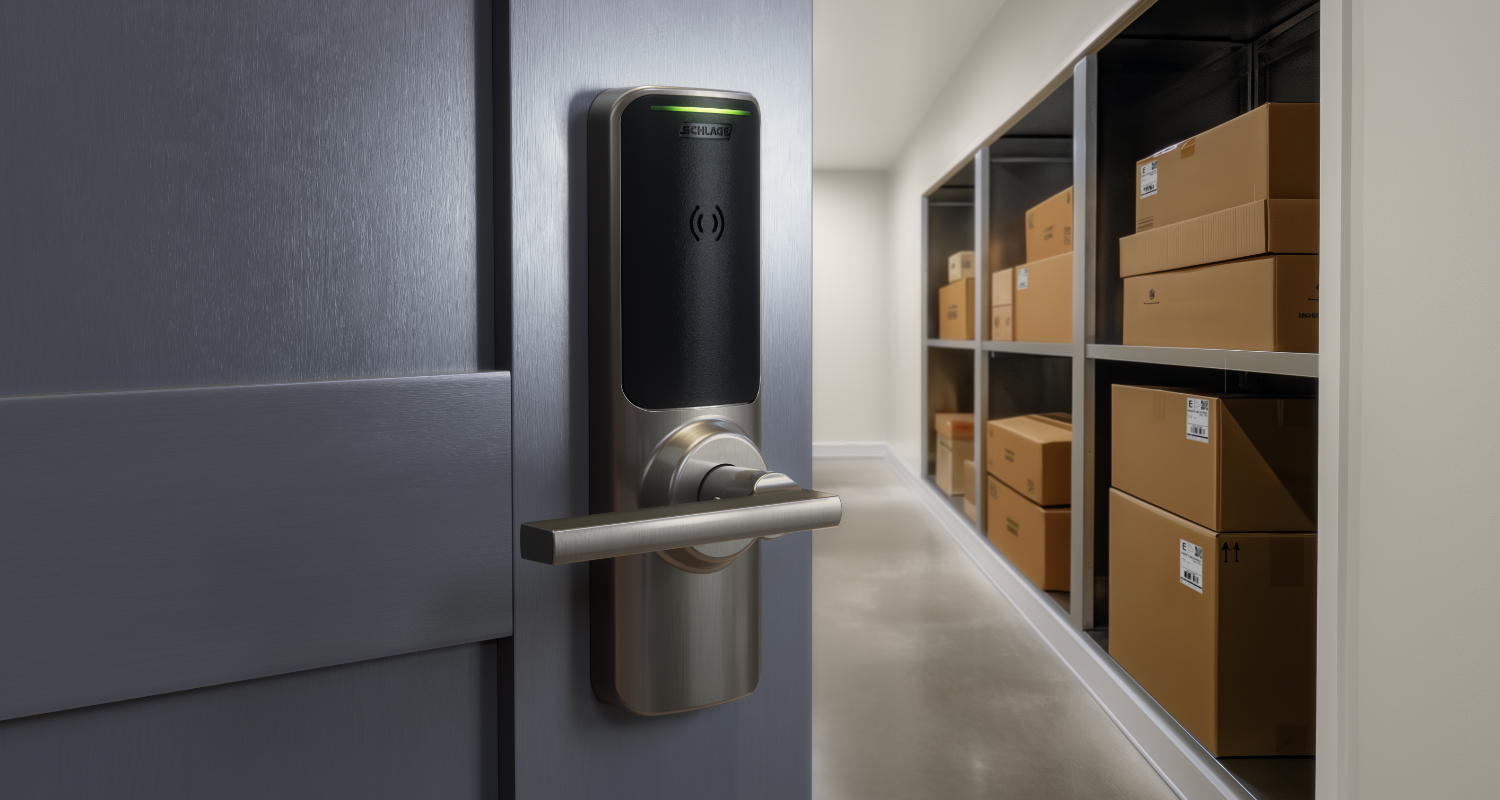Material.
While aesthetic is important, the tactile aspect of hardware should not be overlooked. The feel of a knob or handle should feel firm, secure, and pleasing to the touch. Materials like brass and steel feel heavier and more substantial than lightweight aluminum, and thus communicate value.
Door hardware is often constructed of one material and plated with another, which means the finish may wear off over time. Because a hardware refresh can be a significant investment it’s important to seek out a manufacturer that has quality customer support and provides a warranty on its door hardware.
When selecting electronic locks, it’s important to remember that products will incorporate multiple materials, such as metal and plastic. Consider the proportion of these materials and how they may or may not contribute to the durability of the product. Additionally, the way these materials fit together, including part lines, reflects the quality of the product. While plastic is added for the functionality of electronic components, it is essential to balance this with user perception of the product. Even within plastic, there are various execution methods that can make the product feel either cheap or high-end.
Finish.
In today’s industrialized age, hardware comes in a wide array of finishes. You’re no longer faced with bright brass or stainless steel. Of course, you’ll want to consider the environment the hardware will be installed in and ensure the finish complements the interior design of the space and the other hardware in the room. This does not mean the finishes must match perfectly, but at the very least coordinate with one another.
Finishes can serve as the final touch that unifies various elements within a room or space. They can also be utilized to transition between different styles. For instance, a single lever design can be paired with matte black for a modern look, while in another space, it can be matched with satin brass to create a warm, cozy, and perhaps more traditional ambiance.
When selecting finishes for your property, you will want to consider the degree of abuse the hardware will undergo so you can choose a more durable finish to avoid the wear-and-tear that softer finishes are susceptible to. For exterior hardware, also take into consideration your environmental climate and how this hardware will be installed. For example, if you live in a place where the hardware will be subjected to full sun, salty air, and frequent precipitation, you may want to choose a finish that can stand up to those severe conditions.
A few other things to consider: a highly polished finish will show dust, fingerprints, and scratches and will take more housekeeping to look good, which a stain or brushed finish is normally less fragile and more low-maintenance. These are the most common finishes used in multifamily buildings:
Sizing.
Multifamily property owners can aid the interior design by selecting door hardware that’s properly sized for the room and the architectural elements it’s affixed to. A large, heavy door requires hardware of a similar scale and weight, whereas a smaller knob will suffice for a closet or bathroom. Similarly, a grand hotel-like lobby entrance may desire more of a statement piece, like a large custom pull, to welcome residents into the building. Be sure to consider the thickness of the door or panel and whether it’s solid- or hollow-core; a tall door will need more hinges than a shorter one.
Operation.
Every door has a handing, meaning where the hinges are located relative to the doorjamb, and how it is pulled out or pushed in. Be sure to select the proper handedness, which is identified on the floor plan in a new-build or renovation project.
 Featured ProductSchlage Credential Services deliver control, security and flexibility without limiting your options. From encryption keys to card tracking and custom artwork, our services help create an access control plan that fits today and grows with you tomorrow.
Featured ProductSchlage Credential Services deliver control, security and flexibility without limiting your options. From encryption keys to card tracking and custom artwork, our services help create an access control plan that fits today and grows with you tomorrow.






















